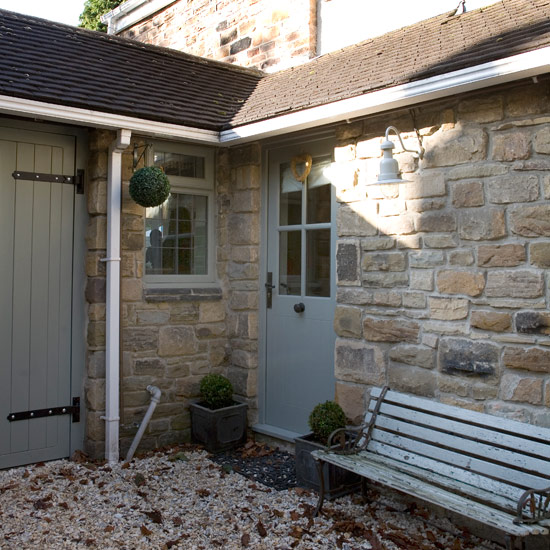We can now place a minimum order of one single roll of Farrow and Ball's wallpaper, which ties in perfectly with letting us tell you all about Farrow and Ball's newly released wallpaper collection.
 |
Farrow and Ball's Tessella
|
It is aptly entitled 'Latest and Greatest', and features four new designs to add to their already beautiful range.
 |
| Farrow and Ball's Lattice |
This one-roll order allows you the freedom to play with the papers to your heart's content before you commit to repapering your entire hall.
 |
| Farrow and Ball's Rajah Stripe |
Texture is key in Farrow and Ball's designs. Because of their manufacturing techniques, these wallpaper are incredibly tactile, begging to be noticed.
 |
| Farrow and Ball's Rajah Stripe |
However, the extent to which they are noticed is up to you; each one of the four new designs is available in five different colourways, ranging from sumptuous neutrals to moody darks to the palest of pales with touches of glamorous metallics thrown in. This careful choice of Farrow and Ball shades provides a startling array of different looks as you can see from these images.
 |
| Farrow and Ball's Lattice |
In fact, with some designs you may have to look twice to see that it is, in fact, the same underlying pattern.
 |
| Farrow and Ball's Lattice |
Farrow and Ball's wallpapers are manufactured using their own paint, which gives a uniquely elegant finish, as well as outstanding quality of colour.
 |
| Farrow and Ball's Ocelot |
By building up layers of paint using hand-brushing techniques, these wallpapers create an unsurpassed background depth.
 |
| Farrow and Ball's Ocelot |
They are finished with Farrow and Ball's protective glaze to provide extra strength to the FSC-approved paper, as well as stain resistance, which allows them to be wipeable.
 |
| Farrow and Ball's Rajah Stripe |
Come in and take a leisurely browse through our range of wallpaper books, or email: sales@tryrelics.co.uk. With so much new choice, if you're looking for inspiration, or simply a helping hand, there's no better place to be than Relics of Witney.
 |
| Farrow and Ball's Lattice |
Have you had a go at any of our ten ways to use wallpaper that featured in our window here?
All images via Farrow and Ball



.JPG)














































